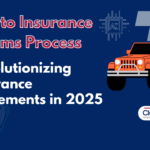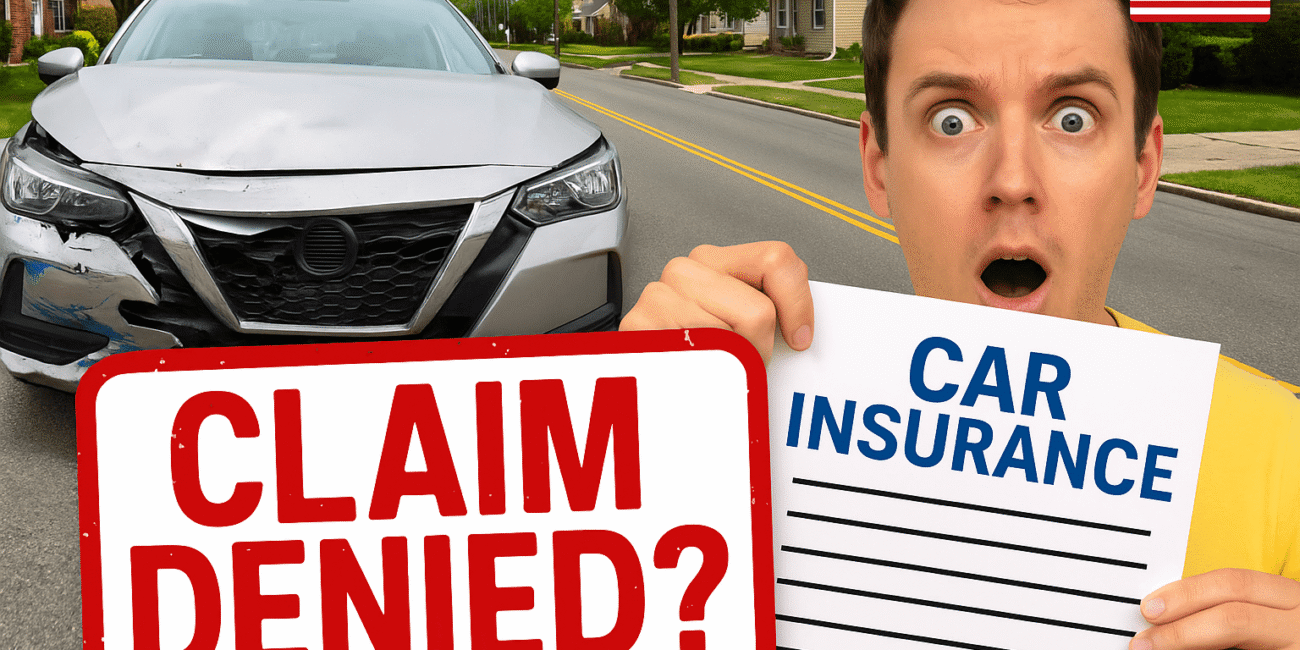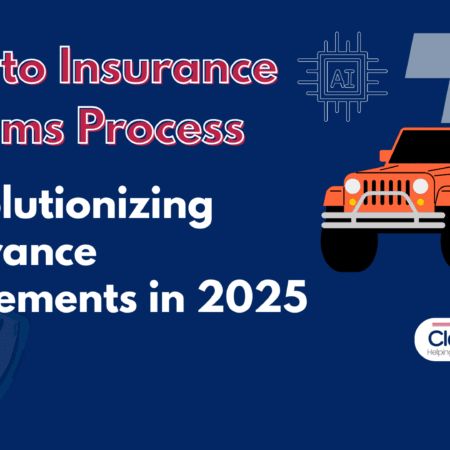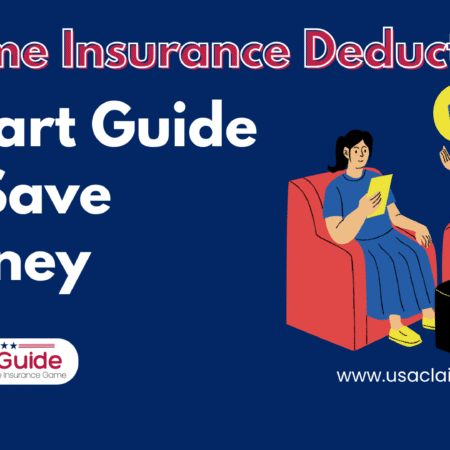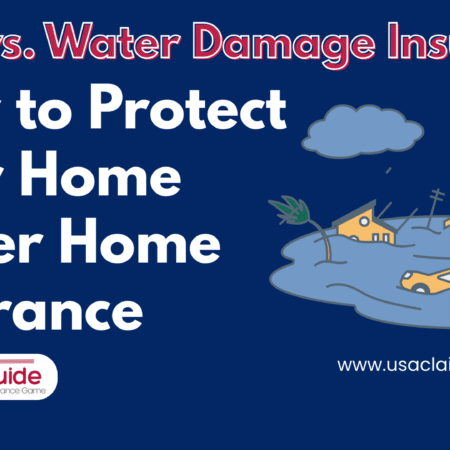Let’s be real: car insurance often feels like a grudge purchase like floss or fire extinguishers. You hope you’ll never need it, and when you do, you hope it works. But car insurance in the U.S. isn’t just a bureaucratic hurdle. It’s a critical financial tool that protects you from the unexpected and as any driver knows, the unexpected is just one distracted driver or icy road away.
Whether you’re 18 or 80, buying your first car or trading in your fifth, car insurance isn’t just about following the law it’s about protecting yourself from risks that could otherwise derail your finances, health, or even your freedom.
1. What Exactly Is Car Insurance?
Car insurance is essentially a contract between you and an insurance provider. You pay them a premium, and in return, they promise to financially protect you in case of certain events things like accidents, theft, weather damage, or legal liability.
What makes car insurance complicated is that it comes with different types of coverage, varying limits, optional add-ons, and specific exclusions. The devil really is in the details. Think of it like ordering a pizza the base is the same, but your toppings (coverage types) and size (coverage limits) make a big difference in what you get.
2. The Core Types of Car Insurance Coverage (Explained in Plain English)
Liability Coverage
This is the minimum required in almost every U.S. state. It’s broken into two parts:
- Bodily Injury Liability: Covers medical bills, lost income, and legal fees if you injure someone in an accident.
- Property Damage Liability: Pays for repairs to someone else’s vehicle or property (like a fence or a storefront).
Let’s say you rear-end a Mercedes at a stoplight. You’re at fault. Their $6,000 bumper is toast, and they have whiplash. Your liability insurance covers both the repairs and medical bills up to your policy limits.
Collision Coverage
This pays to repair or replace your vehicle after a crash regardless of who caused it. Whether you hit a tree, another car, or back into a parking lot pole, this coverage steps in.
I had a reader email me once Sarah from Utah who said she “never thought she’d need it.” But after a winter accident where she slid on ice and hit a median, she was grateful for her collision coverage. Her car repairs ran over $9,000. She paid her $750 deductible, and the insurer covered the rest.
Comprehensive Coverage
Comprehensive handles non-crash damage. This includes:
- Theft
- Vandalism
- Natural disasters (hail, fire, floods)
- Falling objects (tree branches, construction debris)
- Animal collisions
Pro tip: If you live in an area prone to tornadoes, hurricanes, or car break-ins, comprehensive coverage is a must. One of my old neighbors in New Orleans had his car destroyed by Hurricane Ida comprehensive saved him thousands.
Uninsured/Underinsured Motorist Coverage (UM/UIM)
If someone hits you and they don’t have insurance (or not enough), UM/UIM helps pay for your injuries and damages. This is crucial in states with high uninsured driver rates, like Mississippi or New Mexico.
Case in point: A friend in Florida got T-boned by a driver with no insurance. Her UM coverage took care of her hospital bills and physical therapy. Without it, she’d be drowning in medical debt.
PIP or Medical Payments
Personal Injury Protection (PIP) is required in “no-fault” states like Florida and Michigan. It pays for:
- Your medical bills
- Lost wages
- Funeral costs
- Sometimes even childcare if you’re injured and can’t function
Even if your state doesn’t require PIP, many offer Medical Payments Coverage, a slimmed-down version to help with ER visits and basic treatment costs.
3. How Car Insurance Pricing Really Works
Your premium (what you pay for insurance) isn’t pulled out of thin air. Insurers use data a lot of it to assess how “risky” you are. Here are the biggest factors:
- Age & Experience: Teen drivers and those under 25 typically pay more.
- Location: City drivers usually pay more than suburban or rural drivers due to traffic, crime rates, and claims frequency.
- Driving Record: Accidents, speeding tickets, and DUIs will all increase your rates.
- Vehicle Type: Luxury and sports cars cost more to insure; safe, mid-size sedans cost less.
- Credit Score: In most states, insurers use your credit to predict risk (except CA, MA, and HI, where it’s banned).
Let’s take an example: a 22-year-old male in downtown Los Angeles driving a 2021 Mustang GT? He’s looking at rates around $3,000/year or more. Meanwhile, a 40-year-old woman in Iowa driving a Toyota Corolla might pay just $800/year.
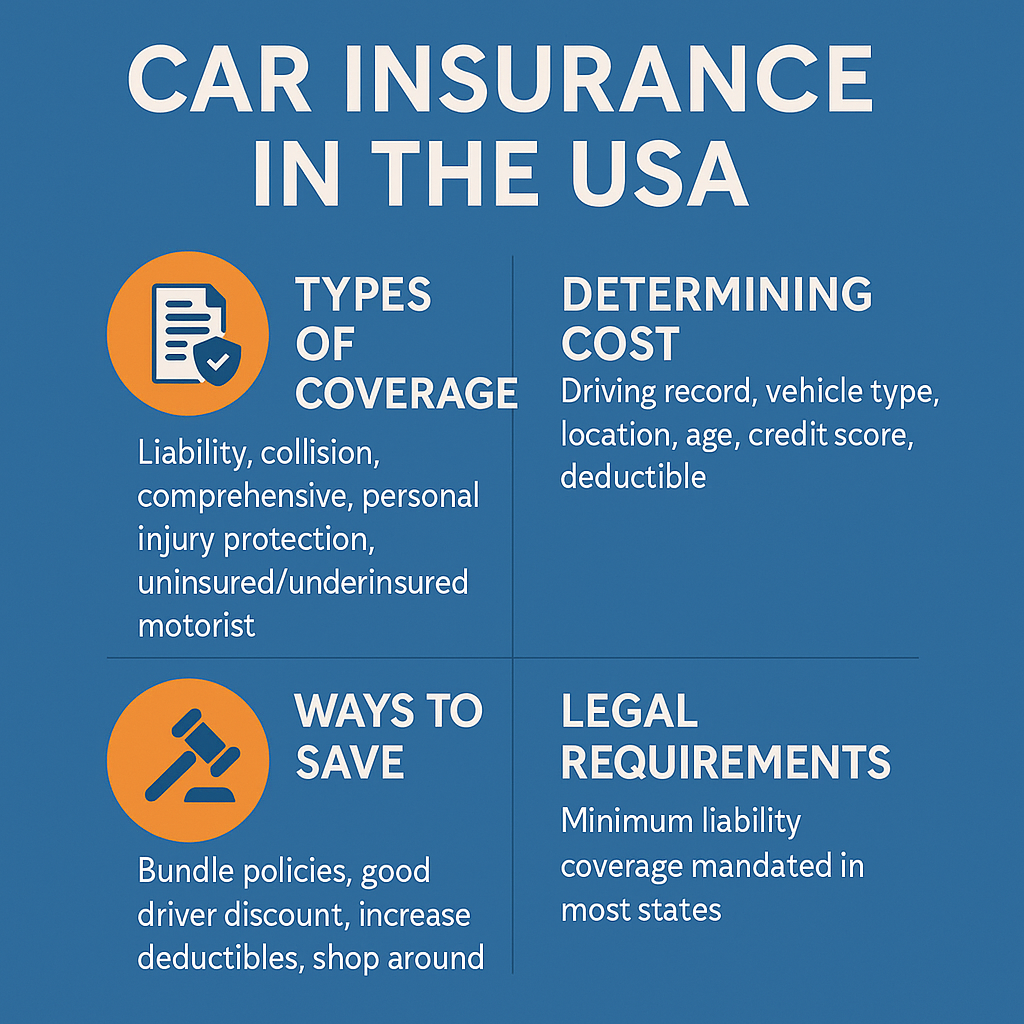
4. The Myth of “Cheap Insurance”
Everyone wants to save money I get it. But the cheapest policy is often the least protective. If your policy only covers the other driver (liability), you could be left high and dry in an accident.
Imagine you total your $20,000 car and can’t afford repairs or a replacement. If you only have liability, you’re out of luck. If you cause an accident that injures three people and their medical bills exceed your limits, you could be sued for the difference.
When shopping, consider:
- The value of your car
- Your savings (can you afford repairs or lawsuits?)
- Your peace of mind
5. Real Story: When Car Insurance Made All the Difference
A couple of years ago, I slid off an icy road and hit a guardrail. It was a solo accident, no one else was involved. Still, the damage was extensive cracked headlight, bent fender, scraped doors.
I filed a claim with my insurance company that afternoon. Because I had both comprehensive and collision coverage, they arranged towing, repairs, and even gave me a rental car. The total cost of repairs was over $4,000. I only paid the $1,000 deductible.
Without that coverage? I would’ve had to either pay out-of-pocket or drive a beat-up car that wouldn’t pass inspection. That experience made me a believer in better-than-minimum coverage.
6. Smart Ways to Lower Your Insurance Costs
Insurance doesn’t have to be expensive if you know how to work the system.
Bundle and Save
Combine your car insurance with renters, homeowners, or life insurance from the same company. Some providers offer up to 25% off.
Shop Every 6-12 Months
Loyalty doesn’t always pay. Rates fluctuate, and insurers may quietly raise premiums. Use sites like:
Claim Your Discounts
Ask about:
- Safe driver
- Low annual mileage
- Defensive driving course completion
- Good student (GPA-based)
- Anti-theft devices or safety tech
Raise Your Deductible (If You Can Afford It)
Choosing a $1,000 deductible instead of $500 can cut your premium 10–15%, but be sure you have the deductible amount saved in an emergency fund.
Track Your Driving
Programs like Snapshot by Progressive or Drivewise by Allstate use a mobile app or plug-in device to monitor your driving. If you drive safely, they reward you with lower rates.
7. State Minimums vs. Real-World Needs
Sure, the state-required coverage might sound appealing especially if you’re trying to save. But here’s the issue: minimums are often not enough.
Take a state like California, which only requires:
- $15,000 per person in bodily injury
- $30,000 per accident
- $5,000 in property damage
$5,000 won’t even cover repairs on a modern SUV bumper. Imagine hitting a Tesla or BMW. That’s where adequate coverage such as 100/300/100 comes in.
It protects you from personal financial ruin if you’re at fault in a serious accident.
8. Insurance Isn’t Just Paper It’s Protection
Car insurance isn’t sexy. It won’t turn heads. But it will save your bacon when life goes sideways on the road.
So here’s your call to action:
- Review your policy right now.
- Don’t assume you’re covered know it.
- Compare rates at least once a year.
- Ask about discounts and reevaluate your needs as your life changes.
You wouldn’t drive without a seatbelt. Don’t drive without proper coverage either.
9. What Insurance Companies Don’t Always Tell You
Let me pull back the curtain for a second.
Insurance companies are businesses. Their goal isn’t just to protect you it’s also to make money. That’s not evil, it’s just business. But what that means for you is that sometimes the policies they sell are built around what’s profitable for them, not necessarily what’s best for your lifestyle or risks.
Here’s what I mean:
- They might offer you roadside assistance for $10/month… even if your credit card already gives it to you for free.
- They might suggest add-ons like rental reimbursement, even if you work from home and can easily borrow a car for a few days.
- They might not volunteer discounts unless you specifically ask for them.
This is why it pays to treat insurance like a tool not a set-it-and-forget-it service. Ask questions. Read the fine print. Pretend you’re shopping for a used car, not just checking a box.
10. Should You Work with an Agent or Buy Online?
This is one of the most common questions I get from readers.
Buying Online:
It’s fast, convenient, and often cheaper. You can compare dozens of quotes in minutes, adjust coverage, and buy on the spot. For tech-savvy folks or straightforward policies, this route is perfectly fine.
Working with an Agent:
An independent agent (not tied to one company) can be a game-changer especially if you have:
- Multiple vehicles
- Teen drivers
- A classic car or high-value vehicle
- A history of claims or coverage gaps
A good agent acts like a translator between you and the insurance world. They help you understand what you really need, explain confusing clauses, and even advocate for you if there’s a dispute.
🧠 Blogger insight: I once had an agent find a $500/year savings for me just by switching my liability and PIP limits around. I never would’ve thought to do that on my own.
11. Common Mistakes to Avoid with Car Insurance
Even smart, financially savvy people make insurance mistakes. Here are some I’ve seen (and sometimes made myself):
a) Letting Your Policy Lapse
Life gets busy. Credit cards change. Auto-pay gets declined. But letting your policy lapse even for a few days can make insurers view you as “risky,” which means higher premiums when you reapply.
b) Not Updating Your Info
Moved recently? Changed jobs and commute less? Got married? All of those things can affect your rate. Don’t let your insurer work off outdated info.
c) Choosing the Lowest Deductible Automatically
Yes, $250 sounds nice… until you realize it costs you hundreds more a year in premiums. If you have a stable emergency fund, a $500 or $1,000 deductible can be smarter in the long run.
d) Ignoring the Claims Process
Don’t just “hope” the process will go smoothly. Know in advance how to file a claim, what documentation you’ll need, and how long it typically takes. Keep your insurer’s app on your phone and take photos at every accident scene even minor ones.
12. The Future of Car Insurance: What’s Changing?
Like everything else, car insurance is evolving. And fast.
Telematics Are on the Rise
This fancy word just means your driving is being tracked via your smartphone or a plug-in device. The idea? Safer drivers pay less.
Some folks love this “Sure, watch me drive!” Others feel creeped out. But it’s becoming the norm, and opting in can save you 10–40% depending on the insurer.
AI-Powered Claims
Companies like Lemonade and Root are using AI to process simple claims in minutes. No waiting on hold. No chasing adjusters. Just snap some pics, answer a few questions, and boom your claim is on the move.
Usage-Based Policies
Drive less? Pay less. With more people working from home or driving fewer miles post-COVID, companies now offer pay-per-mile or low-mileage plans. If you only drive to Trader Joe’s and back a few times a week, this could save you hundreds.
13. Bonus Tip: Don’t Sleep on Gap Insurance
If you bought a new car with a loan or lease, listen up.
The moment you drive off the lot, your car depreciates. Let’s say you owe $28,000 on it, and then a month later it gets totaled. Your standard insurance may only pay out $22,000 based on current market value. That $6,000 “gap”? That’s on you unless you have gap insurance.
Gap insurance isn’t expensive, and most lenders require it for new cars. Still, check to make sure you have it and understand when it ends (usually once you’re no longer underwater on the loan).
Final Thoughts: Car Insurance Is Self-Defense for Your Finances
Here’s my honest, heart-on-sleeve take:
Car insurance is like a raincoat. You might not use it every day. You might even resent buying it. But the moment the sky opens up, you’ll be so glad you have it and that it actually fits.
Don’t be afraid to ask questions. Don’t be afraid to ditch your current insurer if they’re overpriced or unhelpful. And definitely don’t treat this like a one-time decision.
Revisit your policy yearly. Adjust it when your life changes. And make sure the coverage you think you have is the coverage you actually need.
Because when the worst happens and one day, it just might you deserve to be protected.


